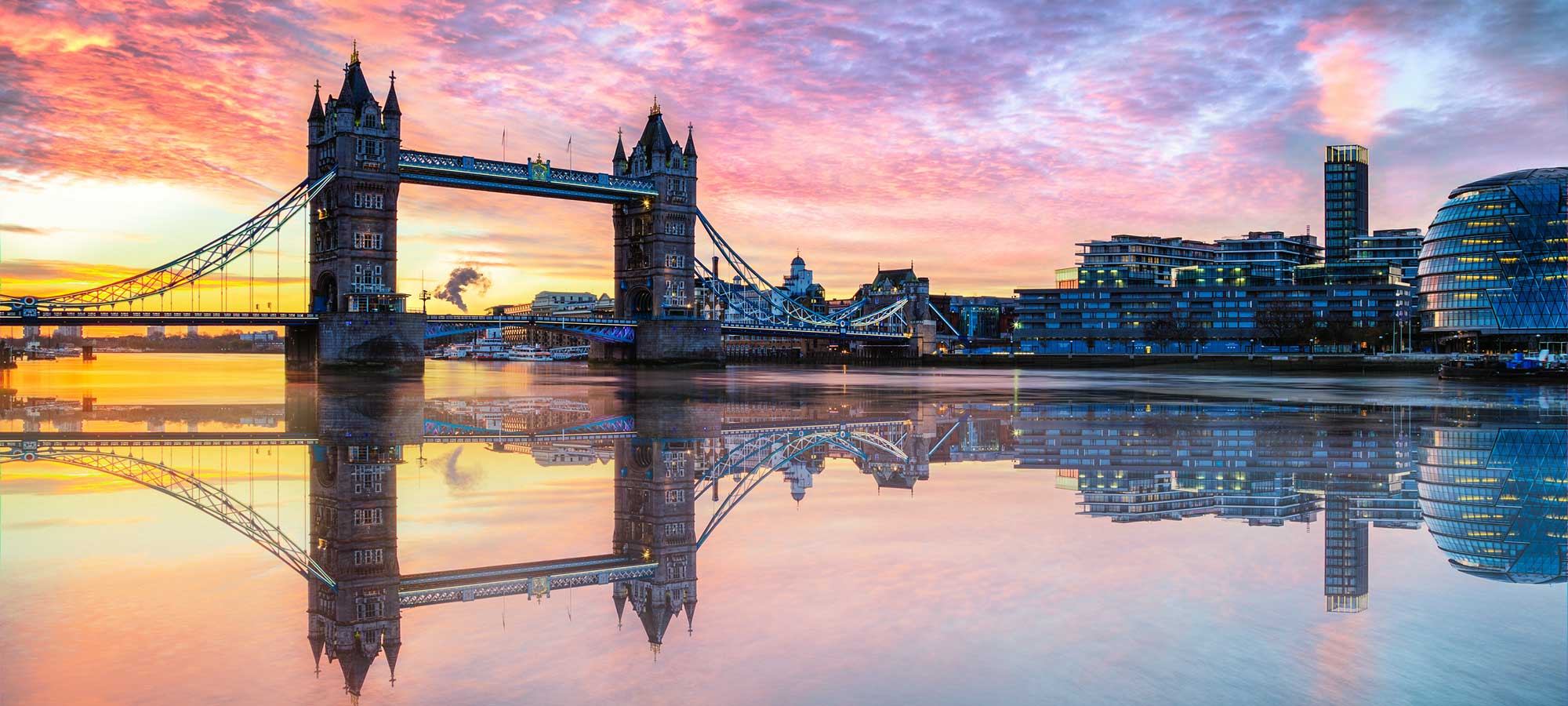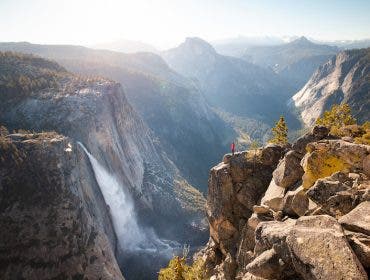Water reflection photography is often described as abstract art—one that’s easily appreciated by many but particularly difficult to achieve. This is because photographing reflections, especially on water, requires the use of manual camera settings. At the same time, there are a couple of things that you need to consider in order to capture the stunning mirror image on water just as you see it in real life.
By the end of this article, you should be able to take better water reflection photography that may even be worth a couple of awards and prizes. Read on below to find out how!
How do you create a reflection in photography?
There are two steps to creating a reflection in photography and capturing beautiful water reflection photography.
First, find an intriguing subject in the background with a reflective subject in the foreground. This could be a skyscraper reflecting in a puddle in a street or a mountain. Position yourself as low as you need to get the full subject in the background.
Second, use a circular polarizing filter, which helps control the level of reflection you have on your surfaces. It does so while also providing beautiful contrast and color in your images. This is the ultimate tool for photo reflections and always needs to be in your photo kit.
What causes a reflection in still water?
Reflection in water is caused when light hits the surface of still water and travels to our eye so we can see the complete image and light it’s reflecting.
All materials reflect light in some way. However, if the surface is rough, the light scatters in all directions and the reflected image is blurry.
Calm water is much flatter than most surfaces, so all the reflected light rays that arrange to complete a perfect image stay the arranged and don’t scatter, creating the perfect mirrored image of the reflecting subject.
Tips for Improved Water Reflection Photography

Consider Your Subjects
Just as it is when you photograph any type of subject, you must consider your image composition. Simply put, always mind what is being reflected in the water.
Usual subjects that look great in water reflections are forest landscapes, lights of the city skyline at night, mountains, birds, and waterfalls. You’ll have much more creative freedom when working closer to the water and with implanted objects, like beach items placed on shallow waters by the shore.
Change Your Point of View
You’ll need to learn how to angle your camera in order to properly frame both the land and water. Landscape photography is usually taken with the water reflecting an exact mirror image of the land elements above. Therefore, level and elevate your camera until you get equal amounts of the land on both surfaces. Sometimes, you’ll also want to move to the left or right and change your point of view. You’ll want to do this especially when the lighting presents interesting shadows and highlights.
Shoot During Calm Weather
For the best looking water reflections, you’ll want the water to be perfectly still. You can use fast shutter speeds, but it’s still more advisable to shoot when there’s absolutely no wind at all, as it will cause ripples and blur the water surface (thereby ruining the perfect mirror image you were hoping to achieve).

Shoot When The Sun is Low
Avoid shooting water reflections—or anything, as a general photography rule—during midday under bright sunlight, as this will give you unattractive glares from the sun and harsh shadows. You’re more likely to capture better water reflections early in the morning or late in the day.
Use a Tripod
A reliable travel tripod is an absolute must-have when shooting landscapes, which you’re likely to do when shooting water reflections. It should help you frame your shot steadily, position and angle your camera any way you want, and make it much easier for you to take test shots of the exact same scene until you get the best shot.
Set the Right Camera Settings
First off, use a smaller aperture (around f/11 for landscapes or f/5.6 for smaller objects and area size) to bring out details and stronger reflections. You’ll also want to use a fast shutter speed to avoid capturing ripples in the water and any other movement in the surrounding environment. Finally, you may want to set your ISO a bit higher just to compensate for the lowered exposure due to the use of a smaller aperture and fast shutter, but try not to go above ISO 400 or 800 to avoid adding too much grain or noise to your image.

Manually Set the Exposure Point
Automatic exposure settings may give you reflections that look darker than in real life. To avoid getting inaccurate readings, set your exposure point manually and base it on an area inside the “mirror” image that’s the same level of exposure as the area of water where there’s no reflection.
Focus on the Water
With a smaller aperture, your entire image—including the land and the water reflection that’s a lot closer to your camera—will likely look sharp and detailed. But if you want your focus on point, which should be the case if you’re planning to print large copies of your photos, make sure you do a half-press and focus on your focal point (such as trees or mountains) in the water. This ensures that the reflection is as sharp as possible in your photos.
Use Lens Filters
While it’s ideal to have the reflections look perfectly still and detailed, everybody should have the freedom to break the “rules.” For a different creative output, try using neutral density (ND) filters and polarizing filters.
ND filters are normally used to reduce the amount of light that enters the lens. This helps even out the light and allows the use of slower shutter speeds during the day. You can use this filter to capture blurry, velvety smooth water, which can still work beautifully for colorful reflections.
A graduated ND filter will also allow you to apply the filter on just one side of the image, such as for an overexposed sky or the water at the bottom of the frame. Polarizing filters, on the other hand, will help cut some glare, make the skies appear bluer, and help you capture more vibrant colors in general.
Edit the Reflections
Typically, when editing photo reflections, you want to under expose slightly to not blow out the details in your foreground. This means your image will be darker in post. Adjust your exposure and shadow settings, so your foreground highlights and details are to your liking. You’ll notice your reflection may be darker in these settings, but that will change.
Next, use masking tools like the gradient mask or brush mask for better control over your mask layer, so you can select the reflecting surface and increase its exposure, raise shadows and highlights, and make the reflection pop and stand out to your liking.
When it comes to water reflection photography, your reflection is your main subject and focal point, so make sure it stands and grabs the viewers attention.
For more professional tips on reflective photography, check out the episode of AdoramaTV below:






